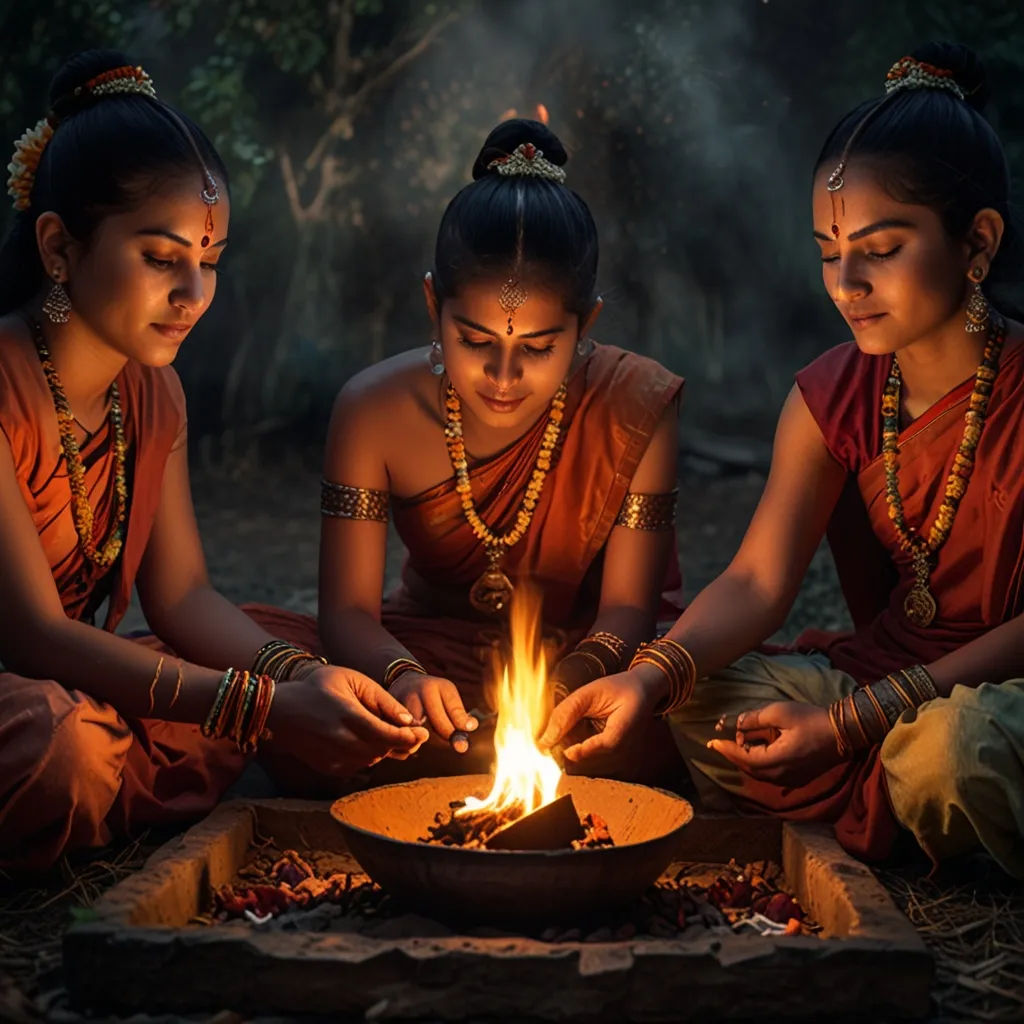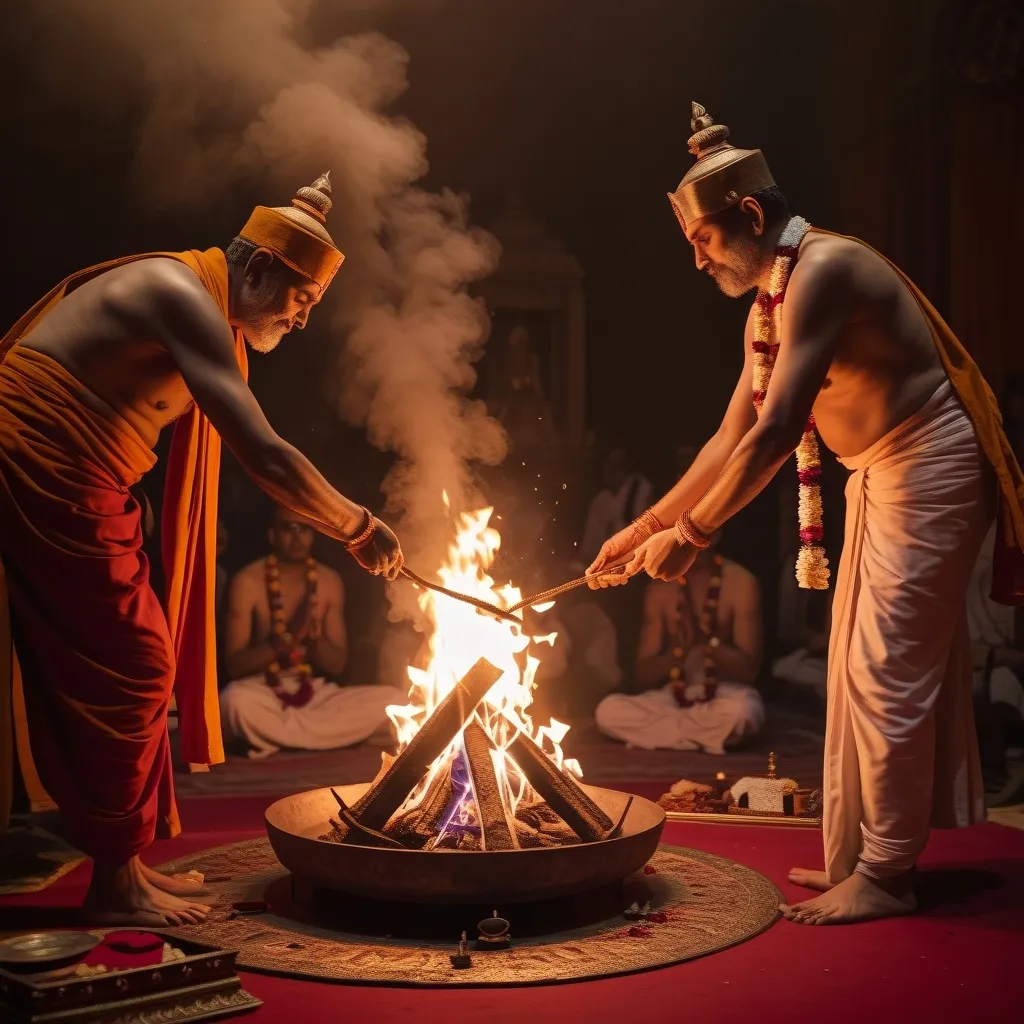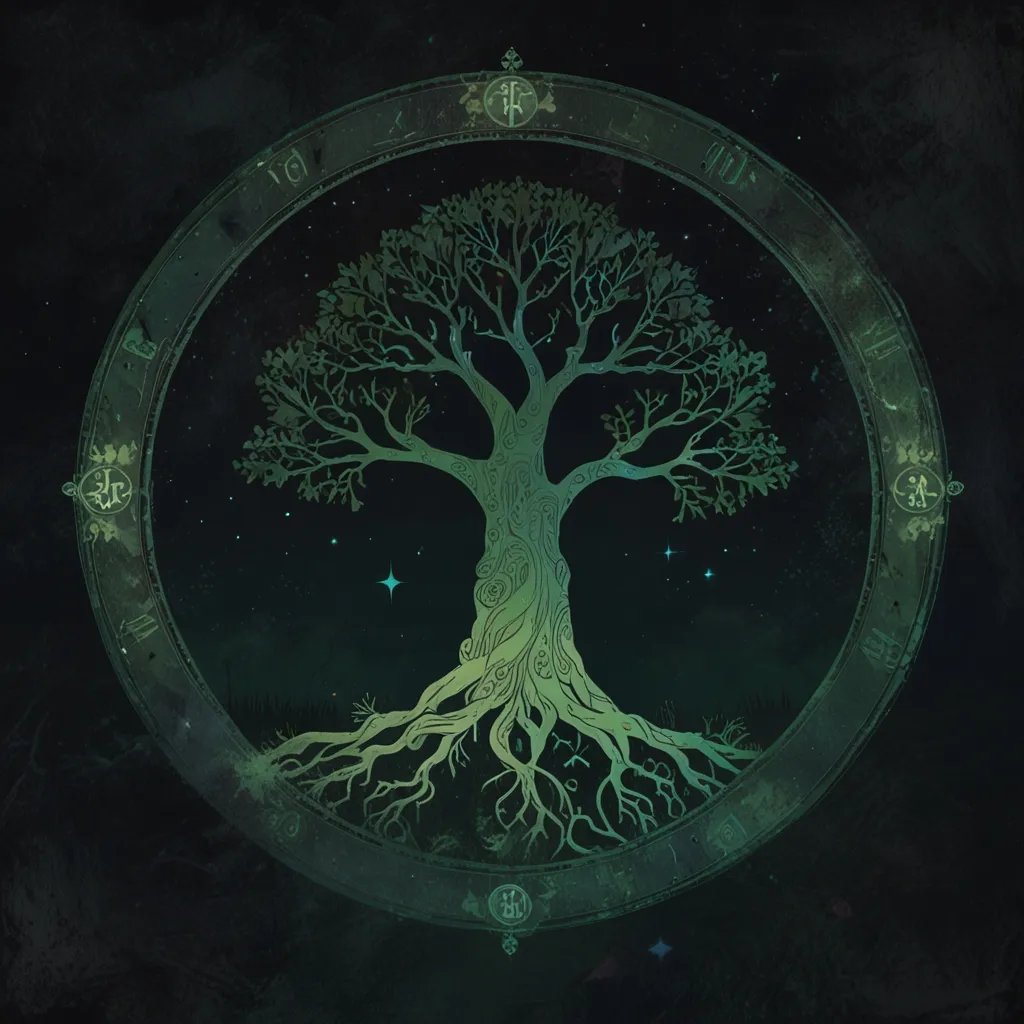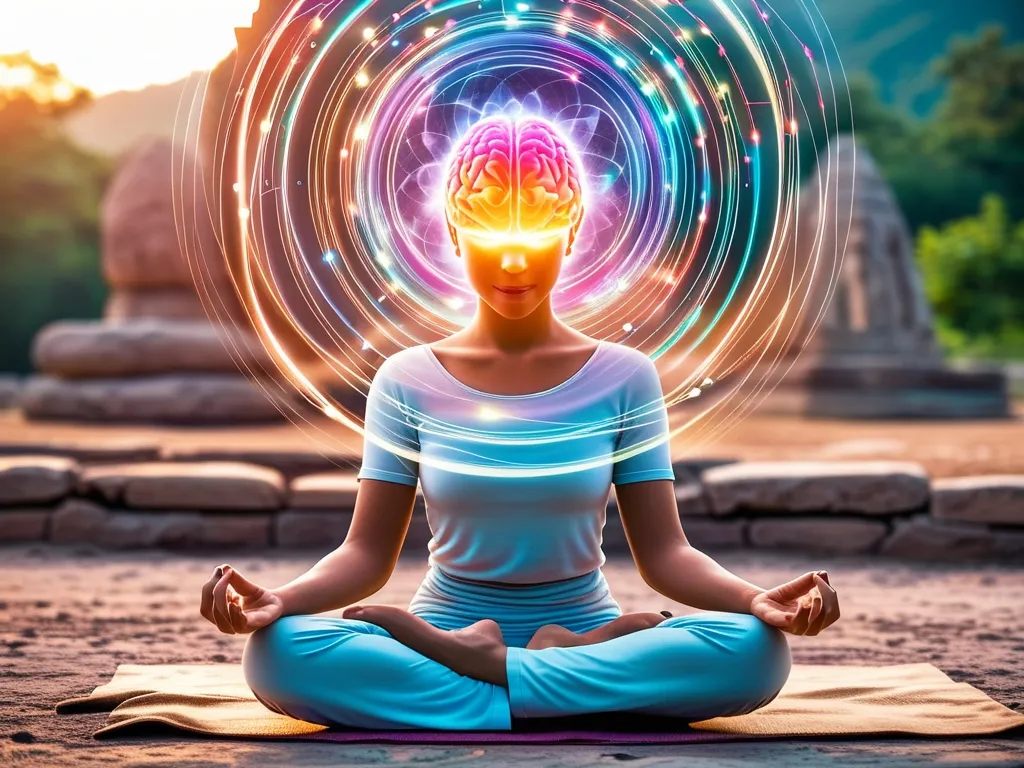In the rich, woven fabric that is Hinduism, Vedic rituals are the threads that tie everything together, influencing the daily practices and deep-seated beliefs of millions of Hindus even today. Though Hinduism has evolved substantially over the ages, the soul of Vedic rituals remains strong and vibrant, albeit with some modern twists.
Roots of Vedic Rituals
Picture ancient India, where Vedic rituals were at the heart of everyday life. These rituals were meticulously documented in the Vedas, the oldest and most sacred scriptures of Hinduism. You see, the main goal was quite straightforward: ensure the community thrived by keeping the gods happy. So, sacrifices to deities like Indra, Agni, and Varuna were common, with hopes pinned on receiving abundant cattle, good fortune, and long life in return.
Symbolism in Vedic Rituals
Everything in these rituals carried symbolic weight. The direction of the altar, the offerings made—all of it had deep meaning. Take the East, for example, it was seen as auspicious because it’s the direction from where the sun rises, signifying light and life. The West? Not so much, given its association with darkness and decay.
The Role of Fire
Fire held a special place, symbolizing purification and a bridge between humans and the divine. There was a ritual called yajna, a fire sacrifice that involved offering food grains, ghee, and the like to the fire while chanting mantras. This was meant to invoke gods like Agni. Sure, it’s evolved over time, but modern Hindu practices still involve yajnas for family welfare, peace, and prosperity.
Rituals in Daily Life
In today’s Hinduism, Vedic rituals have seamlessly woven into daily routines. Morning traditions like taking a bath, offering prayers to the Sun God, and reciting the Gayatri mantra are still alive and kicking. These rituals are meant to infuse daily life with spirituality and a sense of devotion.
Significance of Sacred Sites
Holy places like temples and sacred groves are seen as divine abodes and form pivotal locations for performing rituals. Here, you’ll find activities like pujas, yajnas, and other sacred ceremonies. The belief is that rituals performed at these sites have a special spiritual potency, bringing one closer to the divine.
Evolution of Rituals
Rituals in Hinduism have indeed seen significant evolution. Although the core principles still harken back to the Vedas, the practices have morphed to fit changing times. Sacrifices, once primarily about material gains, now often focus on spiritual growth and social harmony.
Modern Practices
Nowadays, you commonly see Hindus engaging in rituals like puja, meditation, silent prayers, and yoga. These are often done at home or in temples under the guidance of Hindu priests or Brahmins. Reading from sacred texts like the Bhagavad Gita or singing bhajans (devotional songs) are also integral parts of worship. These practices help connect individuals with the divine and foster spiritual growth.
Importance of Mantras
Mantras, those sacred chants, are essential in Hindu rituals. These are words, phrases, or sounds recited to focus the mind and assist in meditation. They are believed to echo the cosmic vibrations of Brahman, the ultimate reality in Hindu philosophy. The Gayatri mantra, for example, is still widely chanted.
Rituals and Social Life
Hindu rituals are deeply interwoven with social life. For instance, ceremonies like the naming ceremony (namakarana) or the initiation ceremony (upanayana) are significant milestones. These rituals aim to aid in personal development and the purification of life.
Role of Icons and Symbols
Symbols play a big role in Hindu rituals. Things like the aum/om, swastika, trishula, and Shiva Linga are more than just symbols; they’re believed to be filled with cosmic energy from the deities and serve as focal points during worship. Even the simple hand pose of namaste is loaded with meaning, signifying respect and recognizing the divine essence in another person.
Daily Devotions
Daily devotions are crucial for many Hindus. Starting the day with prayers is a common practice, often performed at home shrines. Paying homage to deities like Saraswati Devi, the goddess of knowledge, before starting the day is a regular ritual, aiding in spiritual development.
Continuity of Vedic Traditions
Despite many changes, Vedic traditions still have a powerful influence on modern Hinduism. The Vedas remain the primary source for Hindu rituals, and the principles laid out in these ancient texts are elaborated upon in later works like the Upanishads and the Dharmasutras. This continuity keeps the spiritual and philosophical foundations of Hinduism robust and unshakeable.
Integration of Modernity
Modern Hindus often find themselves balancing between tradition and contemporary life. While staying loyal to age-old practices, there’s also a keen interest in adapting to the modern world. This blend is evident in how rituals today incorporate both ancient customs and modern necessities.
In sum, Vedic rituals form the backbone of Hindu practices, shaping every aspect of modern Hindu life. From the symbolism of fire and sacred sites to the significance of mantras and daily devotions, these rituals continue to mold the spiritual and societal structure of Hinduism. As it continues to evolve, Hinduism remains richly rooted in its Vedic heritage, providing a vibrant, spiritual tradition that inspires and guides millions around the world.






